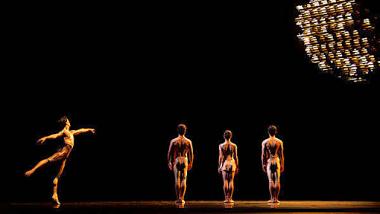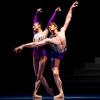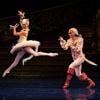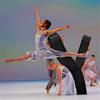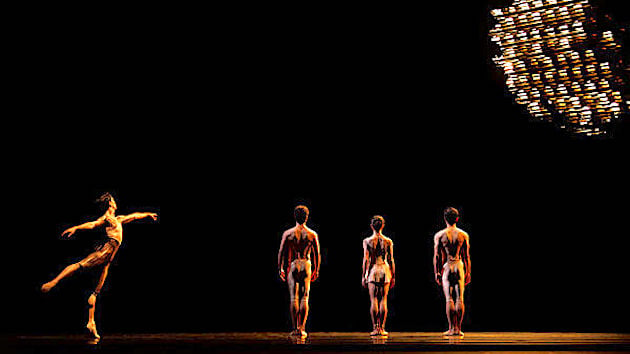
Choreographer Liam Scarlett’s Die Toteninsel, or Isle of the Dead, is a great ballet and a great relief. While touching on similar themes as his ballet Frankenstein, a full-length (and fully lengthy) attempt to adapt Mary Shelley’s novel, the new one-act Die Toteninsel is compactly lyrical yet forceful and, thanks to its artists, a virtuosic work. It has a little story, but not too much: The ruler of the Isle of the Dead, untitled but clearly the devil, welcomes his new subjects as they arrive in dimness beneath a huge, crosshatched sun, or maybe moon, and lets them know who’s boss.
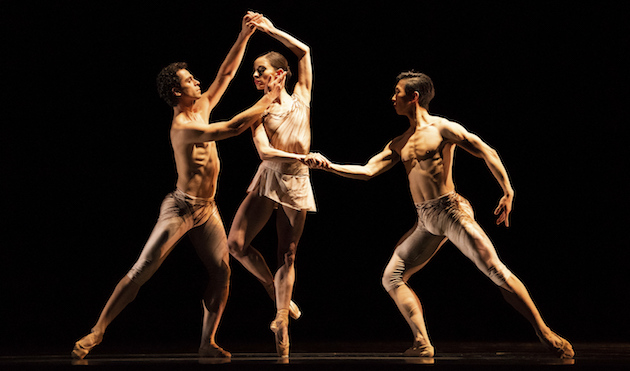
Die Toteninsel had its world premiere at the San Francisco Ballet last Friday as part of the mixed bill titled “The Space Between.” Sunday afternoon, Cavan Conley, who joined the corps de ballet in 2018 from the Tulsa Ballet, where he was a soloist, was a creepily effective dark eminence. A powerful leaper with graceful arms, he had the knack of conveying dominance with every muscle, many of which were used to subtly subjugate the new guests, such as soloist Jahna Frantziskonis, whom he supported with one hand under her arm. He displayed otherworldly strength and suavity, tenderness and total command, as if adjusting his behavior to the nature of each new victim. Her partner, soloist Max Cauthorn, came in for similar attentions, but in each case Scarlett changed the devil’s strategies — a caress here, a firm clamp there — making both newbies visibly dependent on him for their continued existence, such as it would be. The music, Rachmaninoff’s The Isle of the Dead, with its unusual 5/4 rhythms, reemphasized the choreography’s suspenseful quality.
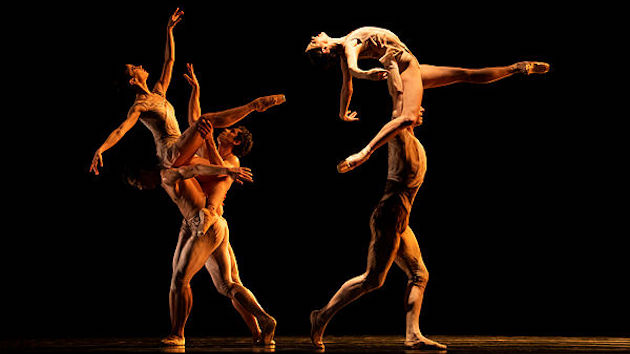
The new arrivals included three more soloists: the pliant, graceful Wanting Zhao; Luke Ingham, and Steven Morse, in solos, duets, and trios that neatly blended agency and apprehension. There was also a corps of eight shades back in the dimness, ghostly beings looking strong yet vulnerable, like the Shades in La Bayadere. Another worthy classical callback: when the newcomers first find out where they are, slowly turning frontward to face their futures, like Giselle in the kingdom of the Wilis.
The costumes, dark leotards with subtle patterns, were by Sandra Woodall, and the balefully glowing orb part of David Finn’s design. Martin West conducted.
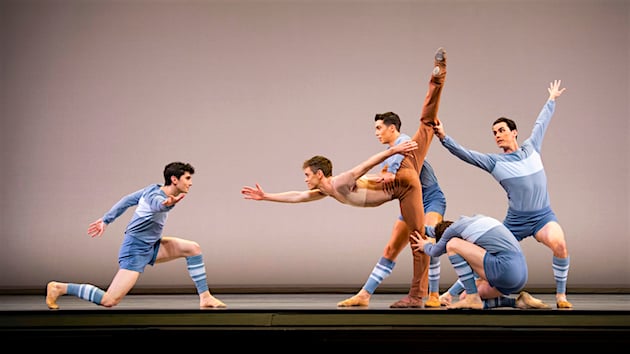
Justin Peck’s Rodeo: Four Dance Episodes, seems, on second viewing, better than before. It may have had something to do with proximity, or maybe rehearsal, but what felt a bit disorganized and slack, which ballets to Aaron Copland should never be, was now more inventive, crisp and personable. The great cast was led by Dores André and Ulrik Birkkjaer as the fun and smitten couple, with the lively cowboy trio of Esteban Hernandez, Wei Wang and Hansuke Yamamoto jumping and spinning and genially cowboying up. The first viewing left me missing Agnes de Mille’s Rodeo; this time, I only remembered her original version fondly. Martin West conducted.
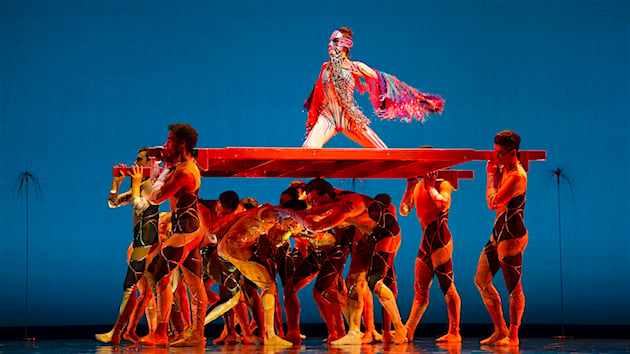
The Björk Ballet, which premiered last year at the Unbound Festival, was an unbound delight to those who can abide a diet of nine Björk songs; to this onlooker, it’s still all bread and circuses. Admittedly, the sensation of Iceland’s seaside was pervasive, from the silvery tinsel beard of a Neptune figure to the clown-fisherman with the sad/happy mask. You could say Arthur Pita’s choreography and the rainbow hues of Marco Morante’s costuming and James F. Ingalls’s lighting conspired to make it nearly worth its salt. The omnipresent Martin West designed the sound. Kudos to the durably unstoppable Dores André, romping through somersaults and lifts with grace and delight.
CORRECTION: As originally published, this review mentioned Finland in reference to The Björk Ballet. It should have been Iceland.

